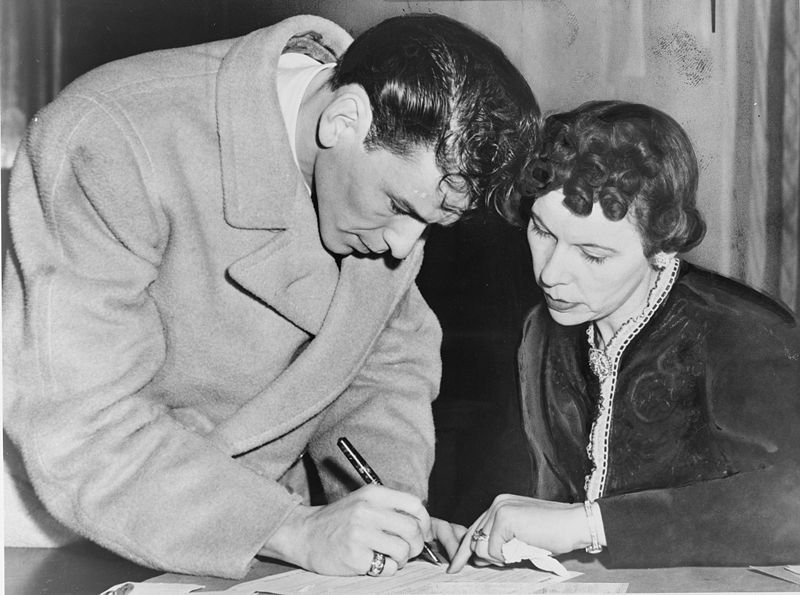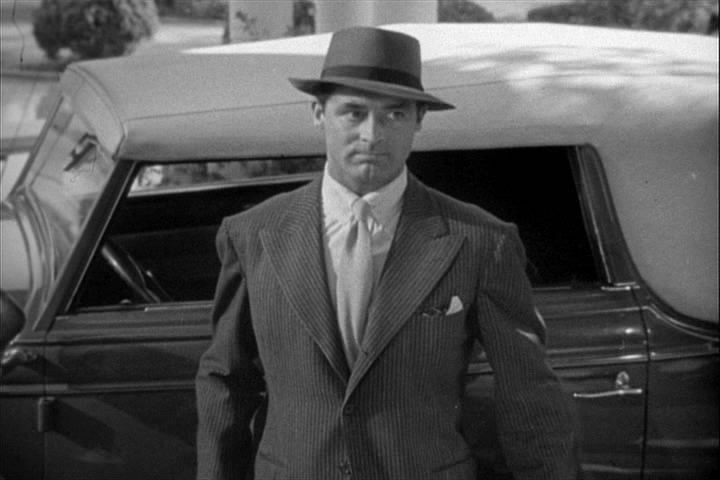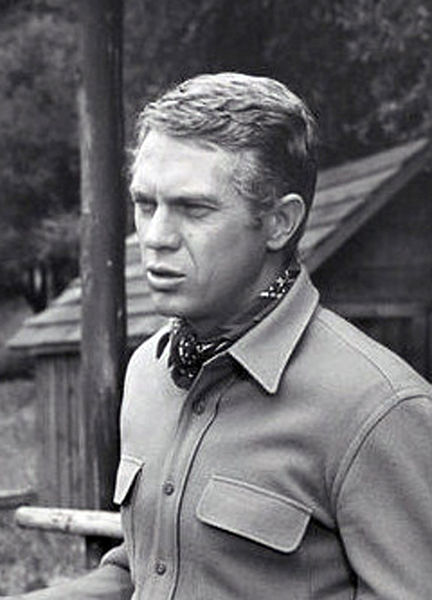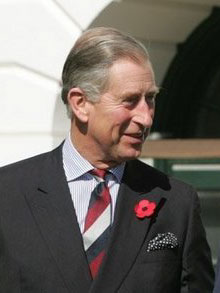Making The List
Although I’m almost guaranteed to object, I can barely resist lists of things with the word best in the title. I could happily spend a Sunday morning knitting my brow over some frothy Best Kitchen Gadgets list. And at the top of the heap of subjects that provide this cynical pleasure are lists that try and corral something abstract, like style, into a rough spreadsheet. For those I clear an entire weekend.
If we (I assume I have not solely instigated their proliferation) try to identify why lists like these are attractive, the brutal conclusion is this: it is self-edifying to quietly and confidently disagree with an authority. To look at a picture of a semi-famous person in questionable clothing, and know, at a fundamental level, that things could be so much better, makes us, the reader, feel good about what hangs in our own armoires. And when that authority is a long-time arbiter of style and society, like Vanity Fair, the stakes for the reader are much greater. September’s Style issue is out, and I imagine chops have already been well-licked and ink spilled in dissecting the best dressed lists, the men’s in particular.
If we can disentangle ourselves from notions of fashion and style for a moment, and focus instead on the words best dressed, we might begin to understand how an influential publication goes about navigating so abstract a project. The word best seems specific, but is actually vague and thin. It assumes inferiority in relation, but doesn’t suggest a metric, like volume or number, or even any suggestion of character, like richness or softness. The omission of detail is purposeful: best is sincere shorthand. But without substance, most usage is unavoidably ironic. Dressed, by contrast, means something. If we ignore all the secondary meanings (salads, windows, wounds) we are left with: clothed or furnished with clothing. But clothed for what? Dinner? Larceny? Abseiling? Indeed the usage is general, which is why dressed is usually followed by something more specific, like for the part or to kill. Without a qualifier, though, dressed is unmoored, even theoretical. Best dressed, then, seems to mean an unspecified state of having clothes on—an idea broad enough to encompass more or less anything.
Vanity Fair’s list seems to support this definition. Ten men are listed, all with varying levels of celebrity, but perhaps only two or three with even remotely similar approaches to personal style. Musician Pharrell Williams has long been on my radar for how well he puts together articles of sports and street wear. His layered outfits of cardigans, necklaces, punched-out fedoras and unlaced athletic shoes are, if anything, well conceived. Retired bullfighter Miguel Baez appears on the same page in fairly classic bespoke garments. The intended message might be that Vanity Fair appreciates diversity in style; the effect, however is that they’ve lost their bearings—that an editorial voice is being stifled by a swelling pressure to appear contemporary. Genuinely appreciating two drastically different expressions is fine, but self-consciously juxtaposing them beneath a banner labeled best is thinly disguised noncomittalism.
Where direct comparisons are available, the effect intensifies. Both actor Benedict Cumberbatch and professional football player Victor Cruz appear in white tie and tails. The former is wearing what appears to be a perfect rig—a difficult feat considering the challenging proportions and details of this most formal side of the masculine spectrum. Cruz wears a dreadful interpretation of the same that barely contains his muscular form; it pulls and creases, reveals waistcoat where it shouldn’t, and rides above his ankles. The problem isn’t fashion; its physics. How could Vanity Fair possibly celebrate both? On something as prescribed as white tie and tails, you simply must come down somewhere.
What puzzles me is Vanity Fair has positioned itself over time as a guardian of a certain timeless ideal. An issue does not pass without a story—and accompanying spread of mouth-watering photographs—pulled from our collective notion of where and how and by whom elegance was best practiced. All the usual suspects have splashed the pages: The Duke and Wallis bumming around France, the Kennedys afloat in a yacht, Grace Kelley darting about Monaco. Even in this very Style issue, tucked well behind the haphazard declarations of who is best dressed, are a few images of Gianni Agnelli looking elegant in morning clothes. And then there is Graydon Carter, Vanity Fair’s Editor, who himself is stylish in a decidedly classic Anglo-American way. The sum is an editorial voice romantically preoccupied with a time when the day’s fashions and what is now deemed elegant aligned more perfectly, but one that struggles as the two develop a more complex relationship. That voice truly falters when called upon to name a handful of best dressed men. In an attempt to appear contemporary, a list like this is instead timid—a safe declaration of awareness, and a tentative fishing for reception.
Vanity Fair is not alone, of course. I’m often floored by the brazen reference to some classically dressed man from a more elegant time by designers, writers or celebrities who wouldn’t be caught dead in the fuller, more masculine clothes of their supposed style icon. Cary Grant, Gene Kelley, Frank Sinatra—these and more are name-dropped by men on this year’s best dressed list. Those three in particular would burst into laughter if confronted by the skin-tight off-the-rack fashion suits worn by those who throw around their names. What is the disconnect? I think today’s fashionable man is simply taking an easier route—a narrow preference for the obvious and widely available or the self-consciously abstract rather than pursuing subtler expressions of contemporary elegance. The latter is available but is less sensational and far more difficult to attain. In the end, being best dressed is about the possession of fashionable clothing. Living with elegance, having style—these things deal with the person inside all those clothes.
Some of the icons mentioned by members of Vanity Fair's best dressed men list. Gene Kelly, Frank Sinatra, Cary Grant, Steve McQueen, Charles, Prince of Wales. (All images are in the public domain).




